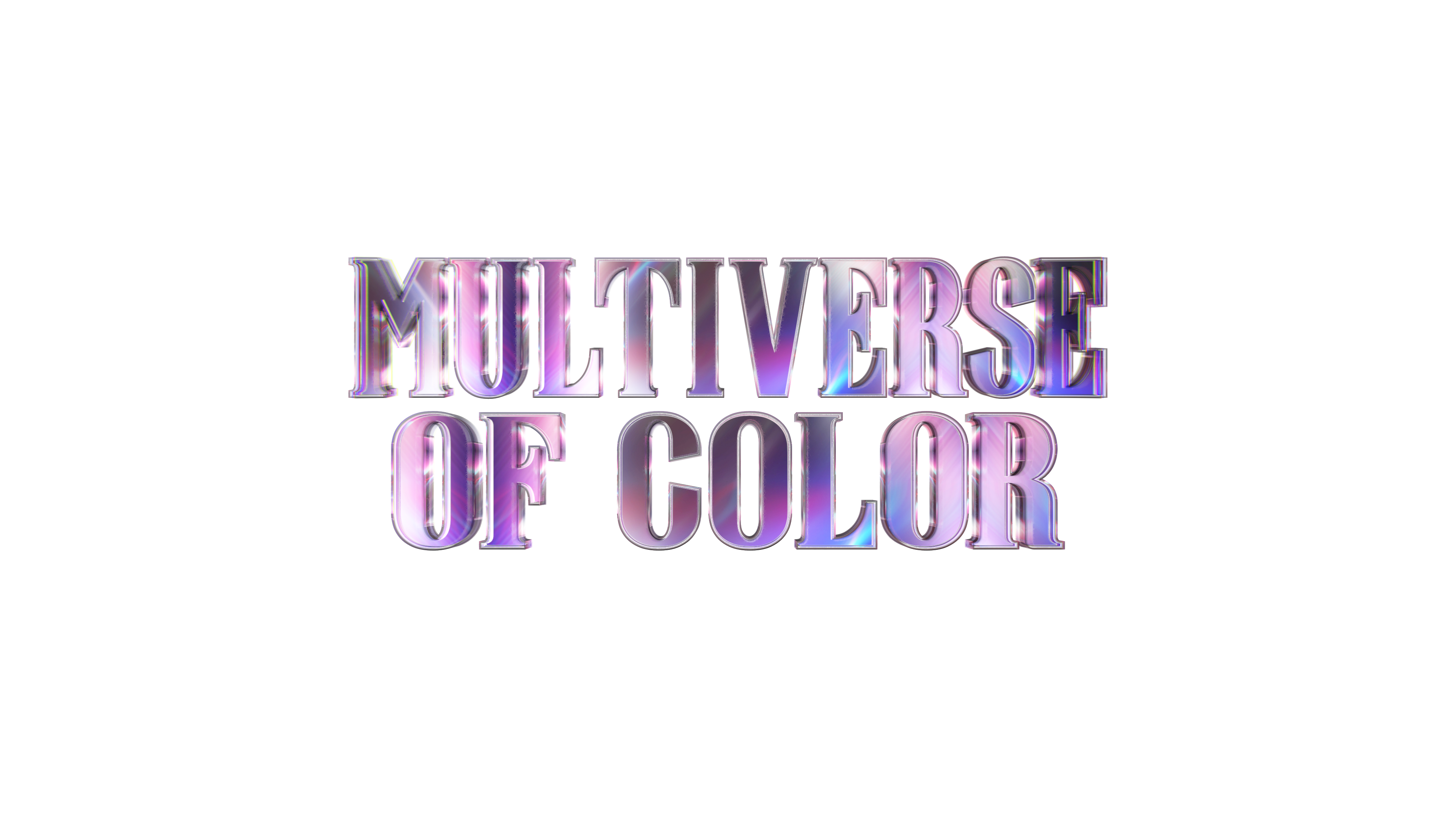Superman is the central story of American superhero comics. There is a reason why he continues to be a part of our culture nearly 85 years since he was created by Jerry Siegel and Joe Shuster. The Man of Steel has been interpreted thousands of times by countless writers, artists, and filmmakers, and the search for the essence of his appeal will always be a point of conversation for Superman fans.
Since Phillip Kennedy Johnson began writing Action Comics with issue #1029, Superman has returned to his roots as the champion of the oppressed. In the recently concluded Warworld Saga storyline, Superman and his Authority team traveled to Warworld to liberate the people there from the tyrannical rule of Mongul. What followed was a nuanced exploration of what “liberation” actually means, with all of the soulfulness of the sword-and-sandal epic, Spartacus.
Forging A New Super-Family in Action Comics

The Warworld Saga introduced the two newest members of the Super-Family, twins Otho-Ra and Osul-Ra, who are now the adopted children of Clark and Lois. The Super Twins are of Phaelosian descent, originating from a group of Kryptonians who were exiled from the planet long ago.
For Superman, raising the twins is an opportunity to connect other members of the Kryptonian diaspora with their heritage. But it’s also a chance to make up for the years he and Lois missed out on with their son, Jon Kent, who went from age eleven to age seventeen in a matter of weeks in 2019’s Superman #7 by Brian Michael Bendis, Brandon Peterson, Jason Fabok, and Ivan Reis.
“I found myself thinking a lot about those lost years, and how I would feel if that happened,” Johnson explains, “If my son, who is now nine, were to take a trip with grandpa and now he’s fifteen, how painful that would be. And that is not me saying that it was a mistake to do it in the stories, I’m saying like, Superman would be going through some shit… Even though Jon is alive, he would be mourning those lost years forever. Lois too. I found that idea fascinating, and I wanted to see it explored.”

Superman’s life as a father is one of the defining characteristics of this era in DC Comics. With parenthood comes a new set of personal problems for Clark and Lois, including a tinge of sadness that their son Jon feels upon seeing his parents take care of the twins.
“It would be a disservice to the character and to the readers to be like, ‘Jon’s okay, we’re all okay. I’m Superman, so I’ll be positive.’ The fact that Warworld was happening, it gave us a great opportunity for him to find other kids who are roughly that age… We get to see the Super-Family that we lost. It was fan service in a way that when fans say they want Jon to be a little kid again, what they really want, in my opinion, is to see that family unit again, with Superman as the father of a young child.”
Writing Superman as Mythology and Folklore

As a writer, Johnson has excelled across a range of genres, like horror (Alien and The Incredible Hulk for Marvel), spy thrillers (007 for Dynamite), and fantasy (The Fellspyre Chronicles: The Last God for DC). But in speaking with him, it’s clear that Superman has a special significance. When asked about what writing Superman means to him as a creator, Johnson pauses, collecting his thoughts. “Writing Superman represents the height of what writing comics can be,” Johnson begins, dismissing the idea that superhero comics are just for children. Superman still remains important to him as an adult.
With Superman, Johnson is interested by “the whole idea about writing stories about larger than life heroes, that is mythology, that is folklore. It’s not just a book you open and close. It’s these elements of pop culture and folklore that will outlive all of us. Superman is not just a comic, he’s a statement of what the best of humanity is, of what we’re all supposed to be, the way we’re all supposed to strive to live and treat each other. And he taught me what kind of person I want to be.”
He credits Superman #400 with expanding his notion of what Superman can be, an issue from 1984 that brought together the likes of Jim Steranko, Brian Bolland, Ray Bradbury, John Byrne, Howard Chaykin, Steve Ditko, Will Eisner, Klaus Janson, Jack Kirby, Frank Miller, Moebius, Berni Wrightson, and many more. “It was my first time seeing Superman as art, fine art, and not just cool stories that look dope. But how far can we stretch this medium? How far can we stretch the theme of Superman?”

These two questions perfectly sum up the direction that Johnson has taken Superman in Action Comics. From the painted covers by artists Riccardo Federici and Steve Beach, to the focus on alien cultures and myths during the Warworld Saga, to the rehabilitation of the villain Metallo, and to the body horror of Knight Terrors: Action Comics, Superman has never felt more ripe for self-invention.
In taking an approach that expands the horizons and applications of Superman, Johnson’s stories have taken a certain anthropological edge. They explore the cultural cache of Superman, whether that’s within the story of the comic, or within our world. In doing so, Action Comics has revealed the true power of Superman: his continued relevancy.
So what’s next for the Man of Steel and the Super-Family? Johnson stresses that no stone will be left unturned, that seeds planted during the Warworld Saga will pay off in due time. “There’s a very big cosmos out there that is not Warworld. Kryl-Ux is still out there with Mongul’s body… There are other members of the Superman rogues gallery with whom a little extra love would not go amiss.” Considering the transformative effects of Action Comics so far, fans are in for a treat.


